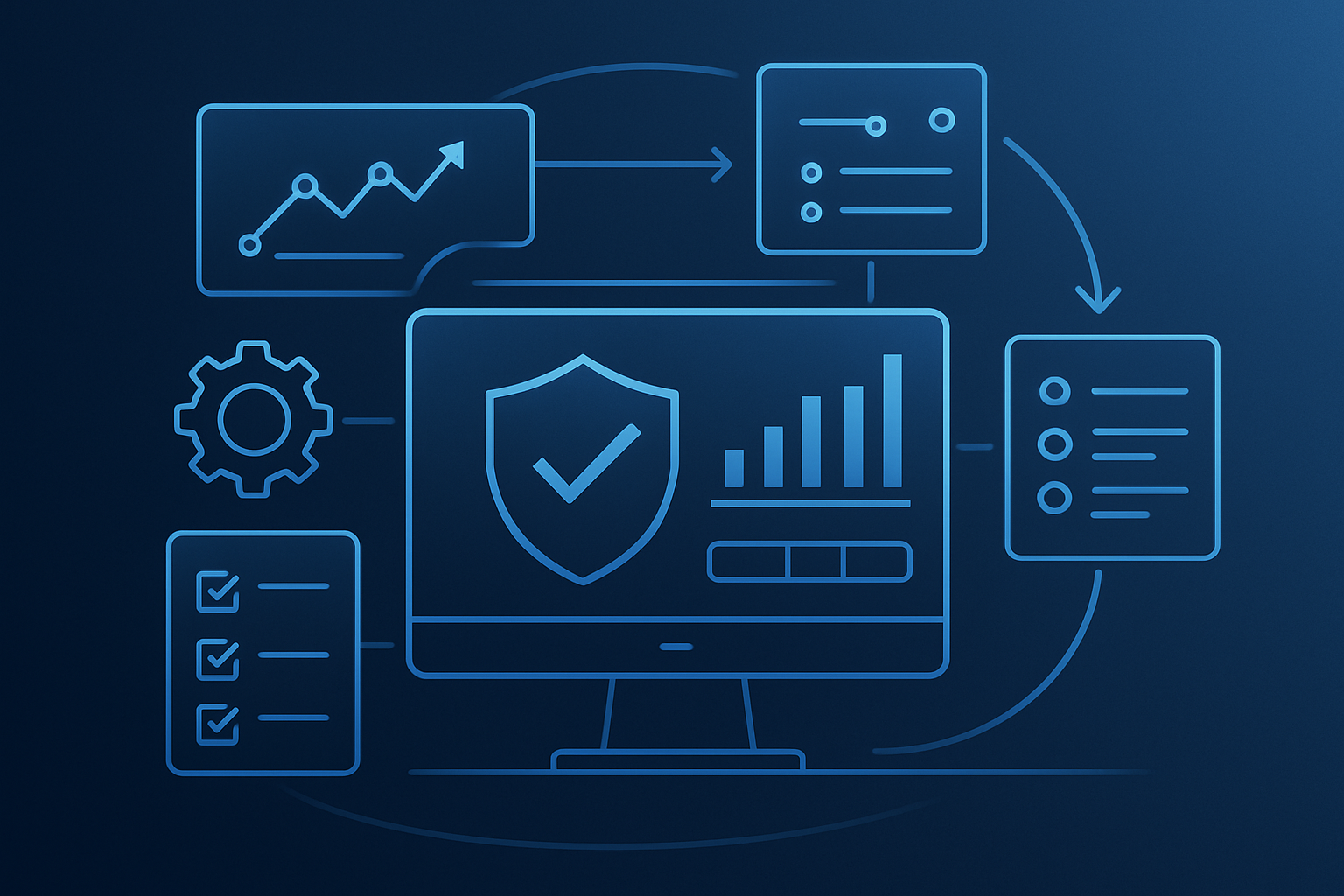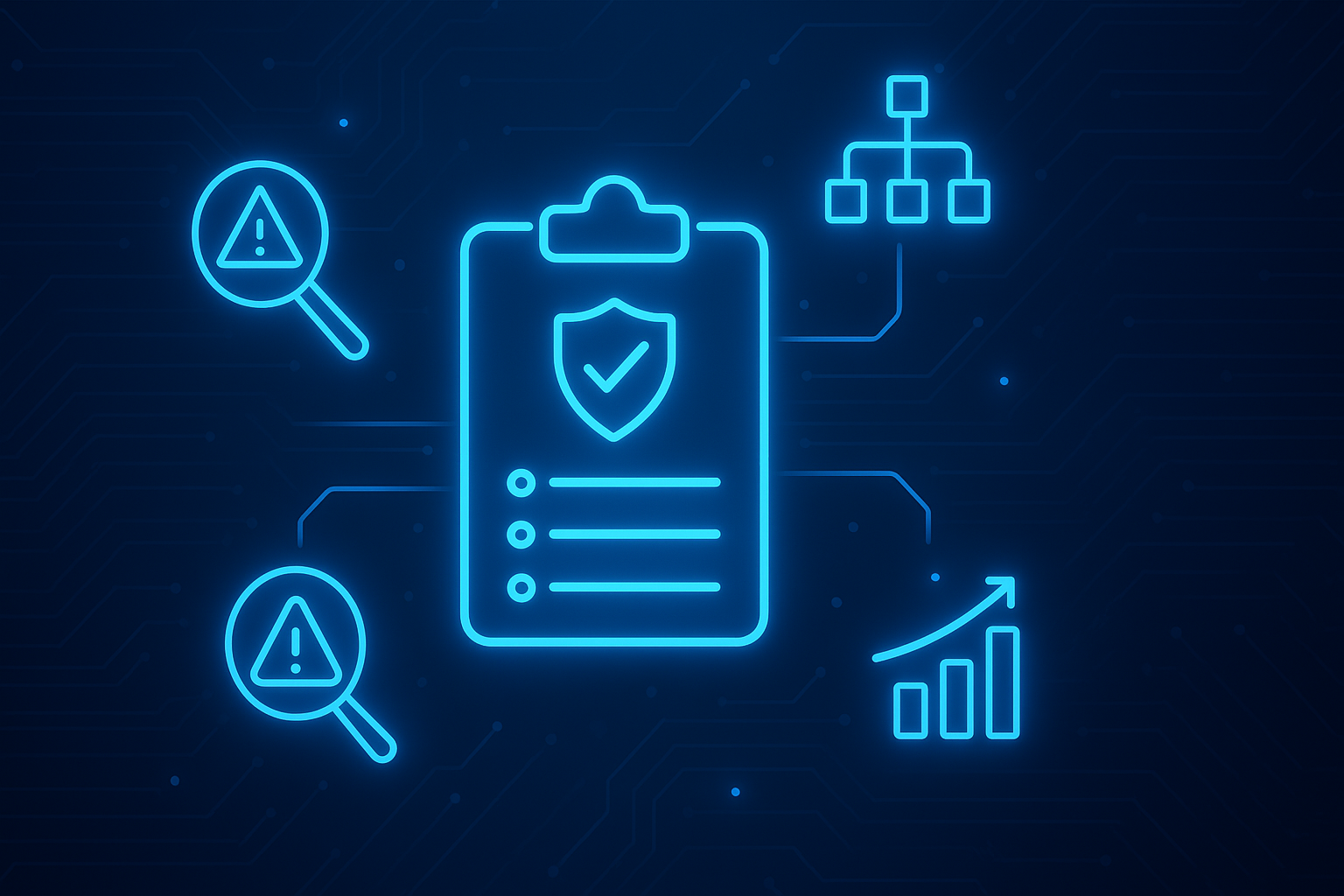As of December 2017, any member of the Department of Defense supply chain needed to implement the NIST Special Publication (SP) 800-171 to comply with Defense Federal Acquisition Regulation Supplement (DFARS). For CISOs in manufacturing and aerospace, this mandate caused massive reviews of cybersecurity posture and efforts to ensure they would maintain their government contracts.
In September, the White House released the National Cyber Strategy. Condensed into four pillars, the strategy outlines the government’s approach to cyber moving forward:
- Protect the American People, the Homeland, and the American Way of Life
- This is the most relevant section to the civilian CISO. It focuses primarily on a consolidation of efforts and unification of standards as a means to protect critical infrastructure and government data.
- Promote American Prosperity
- Focuses primarily on talent development, open cyberinfrastructure maintenance, and online marketplace protection.
- Preserve Peace through Strength
- The most controversial pillar outlines an aggressive new stance on cyberattacks against bad state actors and proactivity against cyber criminals.
- Advance American Influence
- Further promoting an open flow of information across cyberspace (a note against close internet stats such as China)
While the White House National Cyber Strategy was released with great fanfare, the Department of Defense also released an updated cyber strategy. Both documents are strongly aligned in their main message, but the DoD strategy gives a higher level of granularity.
The primary theme in both strategies is the unification of efforts and standards.
“The Administration will clarify the roles and responsibilities of Federal agencies and the expectations on the private sector related to cybersecurity risk management and incident response...It also includes addressing deficiencies in the Federal acquisition system, such as providing more streamlined authorities to exclude risky vendors, products, and services when justified. This effort will be synchronized with efforts to manage supply chain risk in the Nation’s infrastructure.”
What we saw with DFARS and DoD contractors appears to be expanding under the National Cyber Strategy. The DoD strategy also outlines the need for better standards across all government contractors -
"Our focus working with DIB entities is to protect sensitive DoD information whose loss, either individually or in aggregate, could result in an erosion of Joint Force military advantage. As the Sector-Specific Agency (SSA) for the DIB and a business partner with the DIB and DCI, the Department will: set and enforce standards for cybersecurity, resilience, and reporting; and be prepared, when requested and authorized, to provide direct assistance, including on non-DoD networks, prior to, during, and after an incident."
What appears to remain constant is the source from which these standards are derived: the NIST Cybersecurity Framework. A proactive CISO will see these changes taking shape and begin planning accordingly. For manufacturers, DFARS may only be the beginning. For industries outside the government supply chain, the National Cyber Strategy makes mentions that these standards may soon expand beyond the DoD:
“The Administration will prioritize risk-reduction activities across seven key areas: national security, energy and power, banking and finance, health and safety, communications, information technology, and transportation.”
CISOs in many of these industries have already seen increased scrutiny and regulation in the past. With this new focus from the White House, we will see new mandates and standards take shape to secure our private sector information as a national priority.
Outcomes and next steps
These signals from both the White House and the DoD indicate that change is imminent for the security industry. For many CISOs in impacted industries, DFARS required a mad dash to ensure compliance and avoid loss of revenue. The new mandates arising from these strategies will surely broaden the scope of industries to ensure Americans’ security in cyberspace. Using the NIST CSF will ensure that you are building your strategy from the same first principles that the regulators are creating for their standards.





.png)
.png)
.png)
%201.png)
.png)




